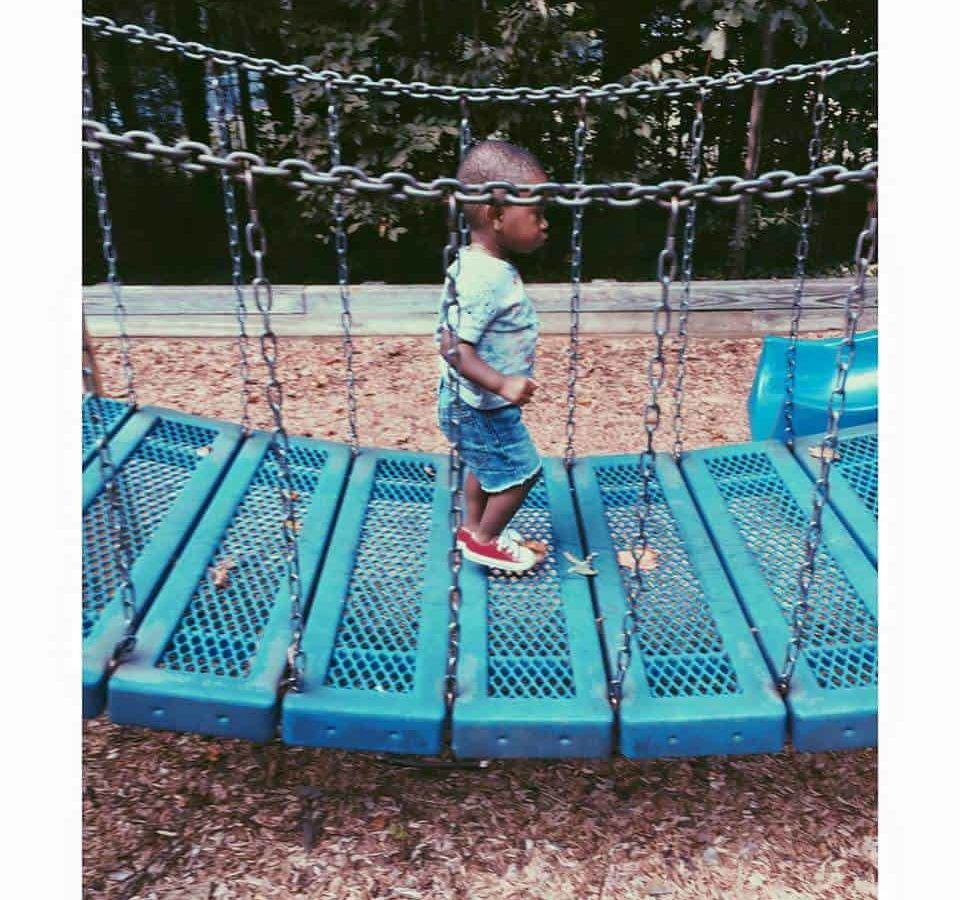

Dear Miles,
Over the course of the summer in 2015, racially-charged crimes stirred emotions and conversation across our country. The timing and consistency of these events generated reminders of the cultural distinctions that separate groups of people in America to this day.
The South Carolina AME church shooting was a sad reflection of the mood around cultural differences. On the surface, we feel the social distrust, anger, and a lack of hope for collective healing.
However, son, I feel an undercurrent of hope covered in grace.
Hope is critical if we are to strive for a racially-simmered America. When I hear and see friends, neighbors, and family members become numb to violence, it creates urgency in my heart.
My hope is that my fight for a racially-simmered America will succeed in your lifetime, Miles, because I want your life to have different struggles. Struggles not tied to your pigmentation.
However, right now, healing is needed in America, and this healing needs to start in our schools.
A message of healing, of hope covered in grace, needs to be spread with the same urgency and frequency as the news that informs of us these crimes.
Hope
I have known the word hope as it is used by Blacks to motivated our historical struggle for equality. Miles, I hope you will listen to African American spiritual hymns and in them you will find this message of hope.
Cultural healing is a long journey, and hope gives us the patience to complete the journey without violence and with grace.
Grace
Son, hope must be married to grace. I am speaking of the grace that rewards an undeserving person with love. The grace that allows us not to seek revenge or continued retaliation, and instead creates the space for forgiveness.
Hope covered in grace tears down our social fears. This strategy has changed nations.
Nelson Mandela, in his 1994 inaugural speech said, “The time for the healing of the wounds has come. The moment to bridge the chasms that divide us has come. The time to build is upon us.”
Hope covered in grace in our schools
What does this mean for education? What does this mean for education around cultural differences in schools?
I imagine hope covered in grace as a component of a history courses. This concept and strategy can be taught to address student conflicts. I dream that students would be honored in their yearbooks for inspiring hope covered in grace on campus, alongside those most likely to succeed.
In the meantime, I will model hope covered in grace in our home with you, Miles.
Let nothing shake your hope or destroy your desire to live a life of grace.
As you struggle with cultural differences, and you will, Miles, forgiveness is a powerful tool that dispels fear and division.
I dare you to love, hope, and forgive even in times like these.
Your Dad
Here are the other letters in this series exploring how to change the trajectory of black men in North Carolina.


